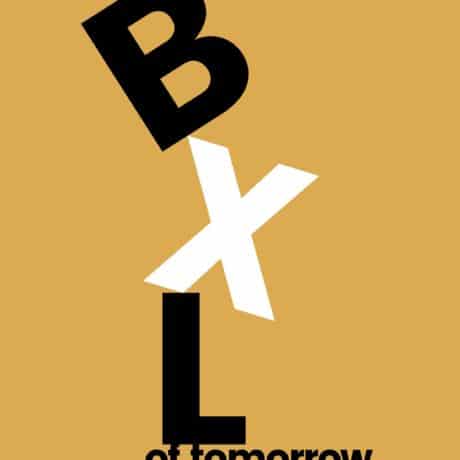
Dossier
Brussels mag N°17
in the picture
TEXT johan-frédérik hel guedj
Paperland has been built up with the most beautiful papers in the world. The portrait of its founder makes a very strong impression.
Guy-Philippe de Ribaucourt is made from a flexible yet sold paper. He likes to quote André Gide: “It is good to follow one’s natural inclination, provided that it moves in a forwards direction”. The founder of Paperland is an optimist who, since 1976 (when he was 22), has moved resolutely forwards. After his initial steps in typography in his parents’ basement in Uccle, the acquisition of the Clémenceau printing works in 1978, then the establishment of the premises in Place Saint-Job accelerated the movement. “I worked with experienced self-employed craftsmen who almost slept alongside their machines and they taught me everything about typography.” After the acquisition of the De Potter offset printing company, and later Blondiaux, then the Flamand linotype works, and, in 2001, the works moved to Chaussée d’Alsemberg. A tree with cut-outs adorned with models of cards and invitations holds the place of honour in the reception area for private clients. “Greetings cards are gradually disappearing. When my children received an invitation in the form of a card, I knew that they would be served a good wine.” In the not so distant past, the names of the paper appeared as a watermark. The formats (references in accordance with ISO standards) were known as Colombier, Double raisin or Quadruple Jésus.
From film to plate
We progress through a series of rooms, firstly the pre-press studio where the files are received, mainly from advertising agencies (who are also responsible for the creativity aspects) and production offices. There is a total of some thirty major clients and just as many medium-sized clients (plus a myriad of small ones, notably private individuals), from luxury brands to business banks, from L’Oréal (through the intermediary of the Altavia production office) to AG Assurance.
The Heidelberg machines, which are as long as a bus and the ultimate in high-tech, produce cinema posters or art books. The main technological development of this computer-controlled printer is the disappearance of film which has not been used for some 20 years: “The Mac sends the files to the machine and the plates emerge bearing the information”. Several distant overseas addresses appear on the order sheets, e.g. St. Barts (Antilles). “Without doubt, we are the only company in Brussels working with these printing machines for light-weight grammage (paper weight) in ten colours recto-verso.” Printing works are numerous in Flanders, rare in Brussels and virtually non-existent in Wallonia, which means that Paperland is a unique brand serving a significant number of production offices in the capital. Guy-Philippe de Ribaucourt summarizes his art: “Offset is a question of nuances between water and ink, in order to respect the colours perfectly”. The finish of the cardboard is not done with varnish, but on a printing machine designed to handle high density grammage; it uses lacquer with immediate drying. Paperland also provides relief finishes and hot gold foil stamping. In addition, the raw materials are recycled. “In view of shorter and shorter deadlines, we are fortunate in being able to print very quickly. We receive files at the last minute and have to make up the time taken by the prior creating process”. On the day of my visit, each day 35 orders were completed in the previous 72 hours. This shows that Paperland can work (very) quickly: in 2016, the brochure made for the cocktail party celebrating the company’s 40th anniversary, with photographs of the guests, was made during the event and distributed at the end of the evening.
In the vast rooms where paper is swallowed by machines operating at a devilish pace, Mr de Ribaucourt drew my attention to the humidifiers fixed to metallic scaffolding releasing puffs of steam. “A humidity of 50-55% is needed to cancel out the static electricity and ensure the perfect passage of the sheets of paper in the machine.” Beneath one of these puffs of steam is Jean-Louis, a former trimmer, who is controlling the placement of the pages one by one. He is deaf and dumb, and his bubble of silence demonstrates his exceptional degree of concentration. “We talk to him quietly, articulating clearly, and he reads our lips. Whatever the situation, in our firm, everything is written down, nothing is oral.” To do otherwise could lead to errors, and Paperland applies a cardinal principle: “The verification of a task is never entrusted to the person who has carried out the task”. To operate correctly, two people at least are needed for verification.
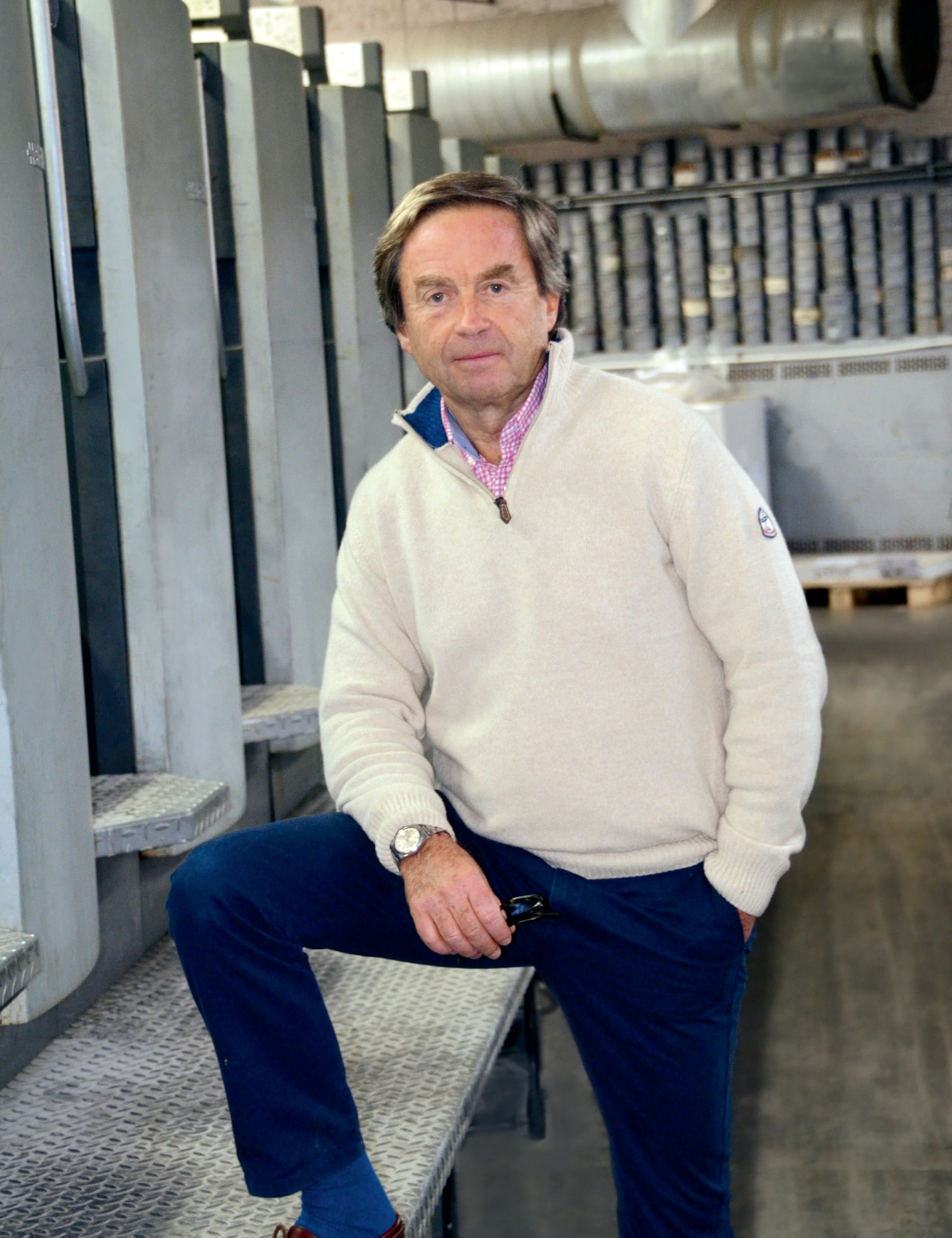

Dossier
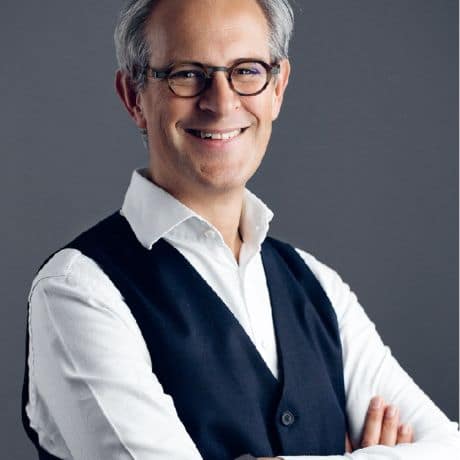
Personality
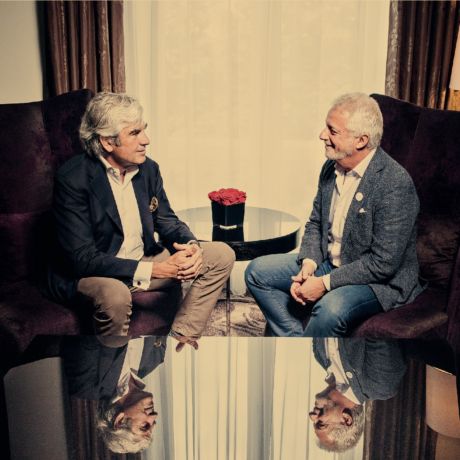
Face-à-face
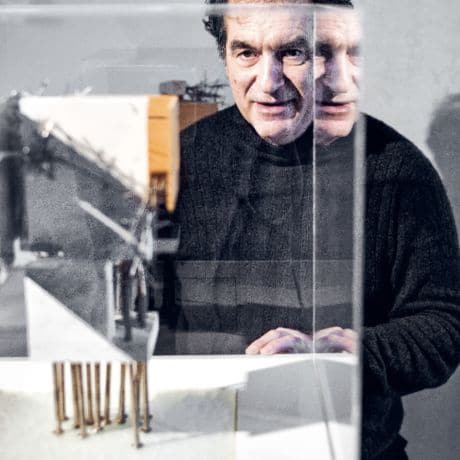
Portrait
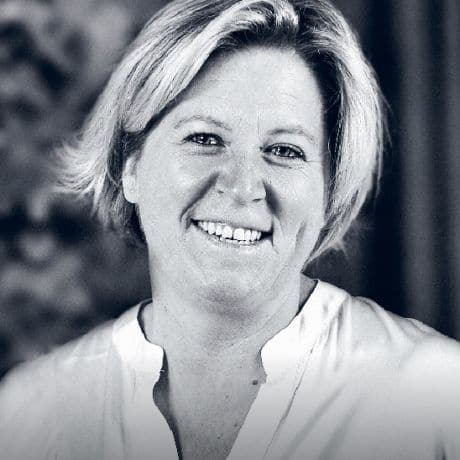
She in the plural
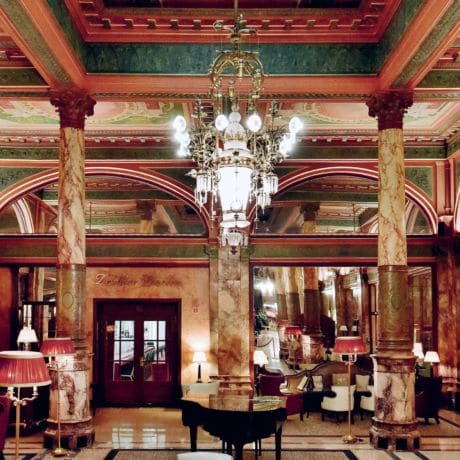
1 establishment, 3 trades

Expat
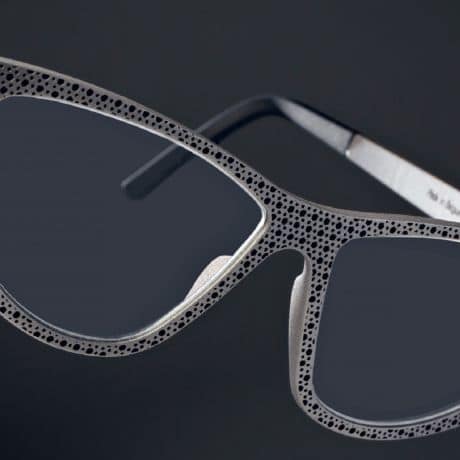
back stage
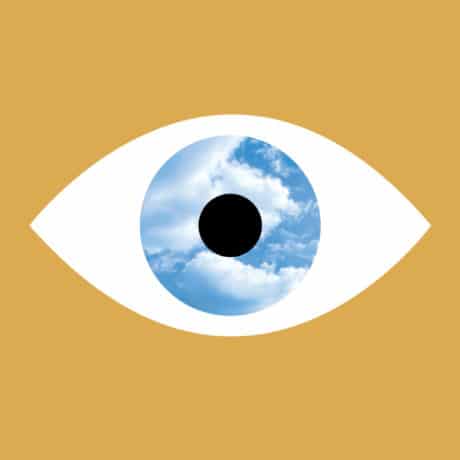
THE MOST BEAUTIFUL ONES
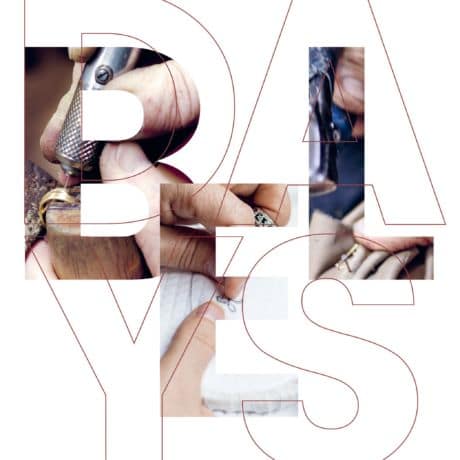
Values

Beautiful racing cars